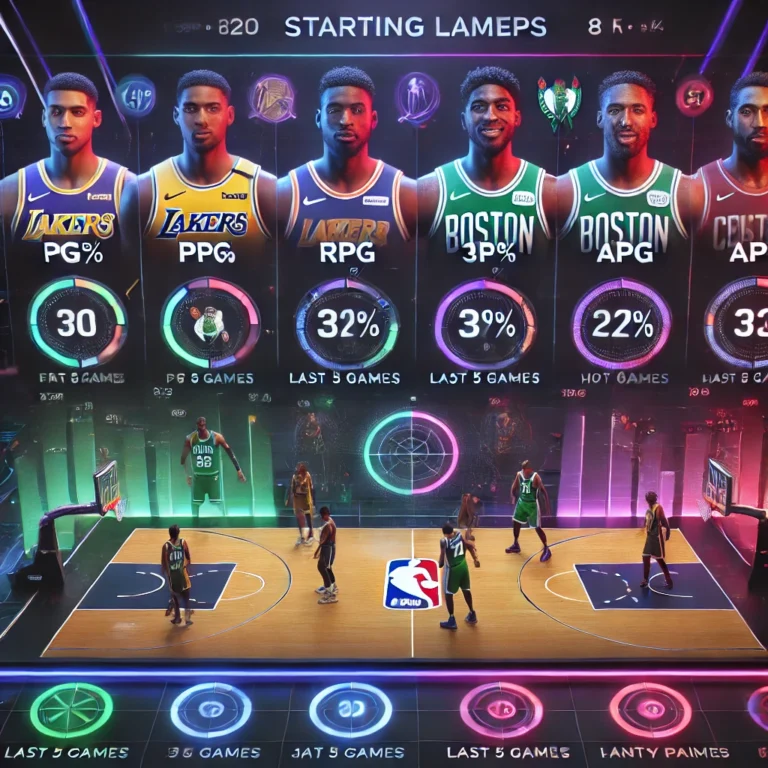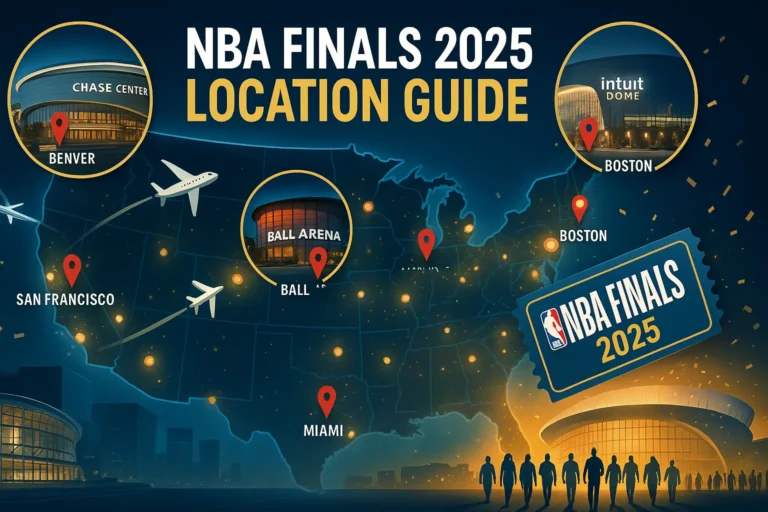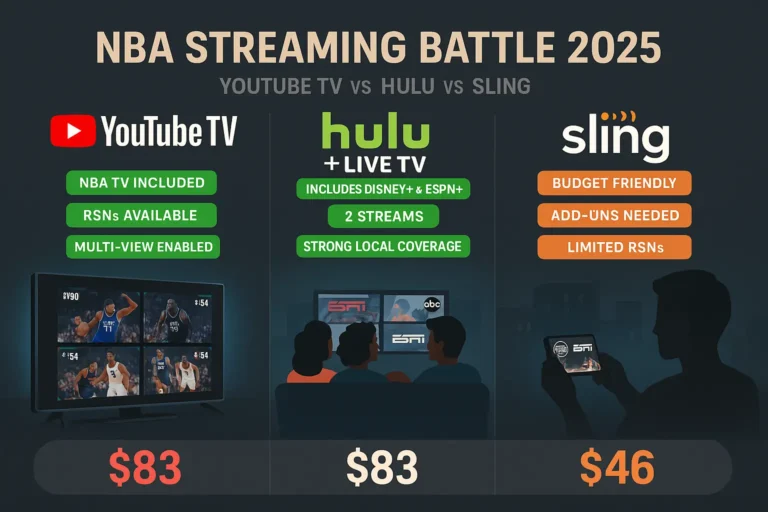NBA Finals Format Explained: Rules, Home Advantage & Seeding Secrets
NBA Playoffs System
Understanding how NBA Finals format works—rules, home advantage, and seeding is crucial for fans who want to appreciate the strategic depth of playoff basketball. Unlike the regular season’s 82-game marathon, the postseason is a high-stakes sprint where every possession matters. The current structure has evolved significantly since the league’s inception, incorporating modern elements like the Play-In Tournament while preserving classic best-of-seven series drama.
Key differences between regular season and playoff basketball include:
- Increased intensity: Defensive pressure and physicality ramp up.
- Strategic adjustments: Coaches deploy specialized game plans tailored to opponents.
- Home court significance: Crowd energy impacts performance more than in regular games.
This guide breaks down every layer of the NBA playoffs, from seeding mechanics to the Finals’ 2-2-1-1-1 format, giving you the insider knowledge to outsmart casual viewers.
How NBA Playoff Seeding Works: The Road to the Finals
Regular Season Standings and Conference Rankings
Playoff seeding begins with the 82-game regular season. The top six teams in each conference (East and West) automatically qualify, while seeds 7–10 enter the Play-In Tournament. Tiebreakers follow this hierarchy:
- Head-to-head record
- Division winner status (if applicable)
- Conference win percentage
For example, if the Celtics and Knicks finish with identical records, their head-to-head matchups determine who gets the higher seed.
Play-In Tournament Explained (2025 Format Updates)
Introduced in 2021, the Play-In Tournament adds a thrilling knockout stage before the main playoffs:
- Game 1: No. 7 vs. No. 8 — winner claims the 7th seed.
- Game 2: No. 9 vs. No. 10 — loser is eliminated.
- Game 3: Loser of Game 1 vs. winner of Game 2 — winner takes the 8th seed.
This single-elimination format rewards consistency while giving bubble teams a second chance.
Breaking Down Tiebreaker Procedures
When teams have identical records, the NBA uses these tiebreakers in order:
- Head-to-head wins
- Division leader status
- Conference win percentage
- Record vs. playoff teams
For example, the 2023 Kings clinched the No. 3 seed over the Suns due to a better conference record (34–18 vs. 32–20).
The NBA Playoffs Bracket Structure
First Round: Best-of-7 Series Dynamics
The opening round follows a 2-2-1-1-1 format:
- Games 1 & 2: Higher seed hosts.
- Games 3 & 4: Lower seed hosts.
- Game 5: Higher seed hosts.
- Game 6 (if needed): Lower seed hosts.
- Game 7 (if needed): Higher seed hosts.
This structure minimizes travel fatigue while preserving competitive balance.
Conference Semifinals: The Elite Eight
Winners advance to face other surviving teams, reseeded by regular season record. The 2022 Mavericks famously upset the No. 1-seeded Suns here despite Phoenix’s home court advantage.
Conference Finals: Gateway to the Championship
The last stage before the Finals often features legacy-defining performances. The 2023 Heat became just the second No. 8 seed to reach the Finals, proving seeding isn’t destiny.
NBA Finals Format: 2-2-1-1-1 Breakdown
The championship series uses the same 2-2-1-1-1 format as earlier rounds. Historically, the NBA used a 2-3-2 format (1985–2013) to reduce cross-country travel, but switched back to ensure fairness after data showed lower-seeded teams won 71% of Game 5s when hosting three straight games.
Home Court Advantage in the NBA Playoffs
How Home Court Is Determined
The team with the better regular season record hosts Games 1, 2, 5, and 7. In 2022, the Celtics (51–31) secured home court over the Warriors (53–29) despite Golden State’s better overall record because Boston had a superior conference record (34–18 vs. 31–21).
Statistical Impact of Home Court
- Regular season: Home teams win ~60% of games.
- Playoffs: This jumps to ~64% due to crowd intensity.
- Game 7s: Home teams are 110–35 (.759) all-time.
The 2016 Cavaliers bucked this trend, winning Game 7 at Oracle Arena to complete their 3–1 comeback against the 73-win Warriors.
Most Dominant Home Teams in NBA History
- 1995–96 Bulls: 37–4 at home (finished 72–10)
- 1985–86 Celtics: 40–1 at home (won title)
- 2015–16 Spurs: 40–1 at home (lost in semis)
NBA Finals Format: Rules and Championship Mechanics
Series Length and Scheduling
The Finals span up to seven games over two weeks, with travel days between venue switches. Since 2014, the league has avoided back-to-back games to optimize player recovery.
The 2-3-2 vs 2-2-1-1-1 Debate
The old 2-3-2 format (used 1985–2013) was designed to help East Coast teams avoid excessive West Coast travel. However, it gave the lower seed three consecutive home games (3–5), creating momentum swings. The current 2-2-1-1-1 format restores competitive equilibrium.
Historic Upsets Without Home Court
- 2019 Raptors: Won Game 6 at Golden State
- 2011 Mavericks: Won Game 6 at Miami
- 2004 Pistons: Won Game 5 at L.A.
Key Dates in the 2025 NBA Playoffs Timeline
- Play-In Tournament: April 15–18
- First Round: April 20 – May 5
- Conference Semifinals: May 6–20
- Conference Finals: May 21 – June 3
- NBA Finals: June 5–22
Betting Strategies for NBA Playoff Success
Seeding’s Impact on Championship Odds
No. 1 seeds win ~65% of titles, but No. 3 seeds (like the 2022 Warriors) have a higher win rate than No. 2 seeds historically.
Home Court in Betting Lines
Home teams are typically favored by 2–4 points in playoff games. In Game 7s, this jumps to 5–6 points.
Frequently Asked Questions About NBA Playoffs
How many teams make the NBA playoffs in 2025?
20 teams qualify: 16 via automatic bids (top 6 per conference) and Play-In winners (4 per conference).
Can a lower seed win home court advantage mid-series?
No. Home court is determined before the series and locked in.
Why did the NBA change the Finals format?
The 2-3-2 format gave the lower seed an unfair three-game home stretch. The 2-2-1-1-1 format balances home/road games.
How often does the better regular season team win the Finals?
Since 1985, the team with the better record has won 60% of Finals (21 of 35).
What happens if teams have identical records?
Tiebreakers (head-to-head, division, conference records) determine seeding.
Conclusion: Mastering Playoff Basketball Strategy
Understanding how NBA Finals format works—rules, home advantage, and seeding reveals why the playoffs are basketball’s ultimate chess match. From the Play-In Tournament’s drama to the Finals’ 2-2-1-1-1 rhythm, every rule shapes legacies. As the league evolves, expect more innovations—but the core principle remains: survive and advance.







